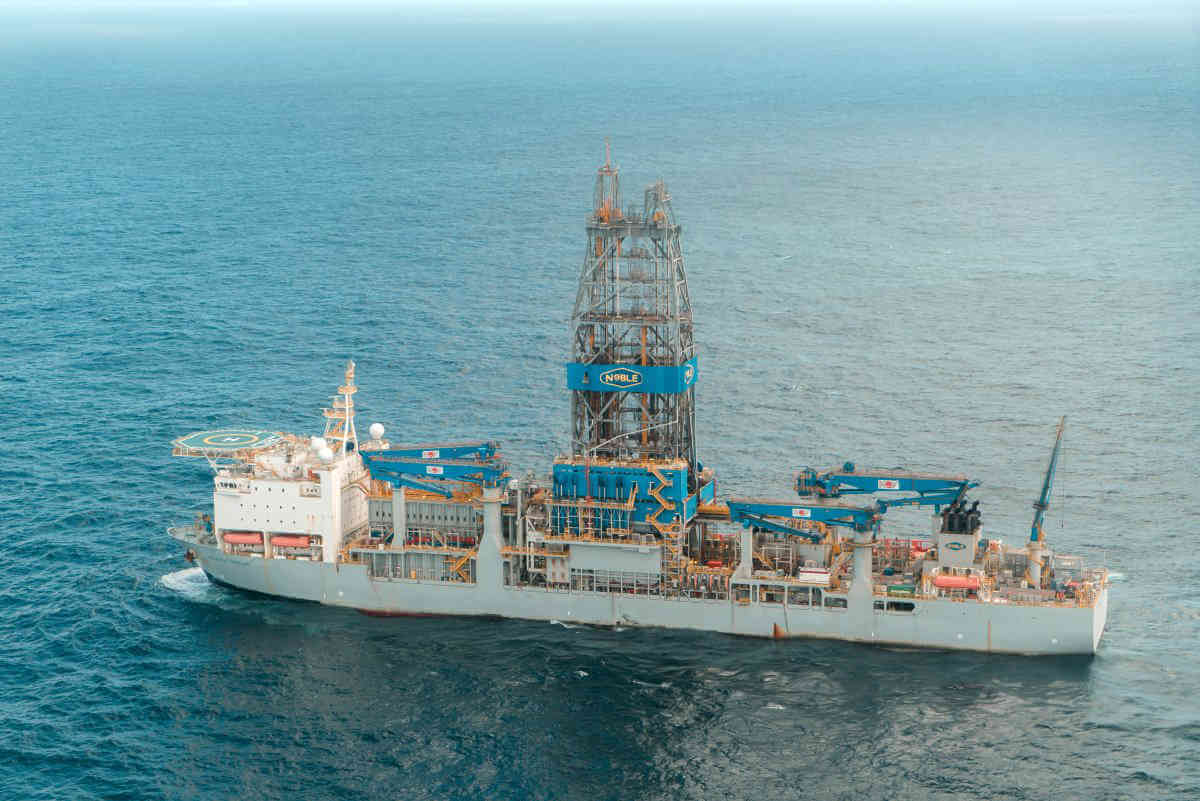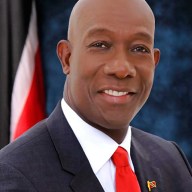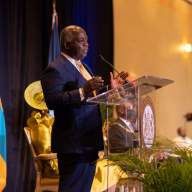GEORGETOWN, Guyana — Neither the company nor authorities are publicly admitting it, but Guyana is set to become one of the world’s newest oil producers as early as the last quarter of 2019, not in 2020 as official pronouncements have been indicating for almost four years.
In the latest indication from American supermajor ExxonMobil, the company said this week that development of its prized Liza 1 oil and gas field” has moved into peak execution phase” as engineers, using high tech robots, prepare to install undersea cables connecting wells to each other and as crucial equipment is being placed on the massive Floating Production, Storage and Offloading (FPSO) vessel that would be anchored offshore to store and distribute oil. The vessel is being manufactured at a massive shipyard in Singapore. The company says the basin at this point has the potential to astonishingly accommodate and service up to five mega FPSOs.
Company insiders said this week the first floater will arrive here no later than June-July, though the official word is that the date would be around October. The six-month disparity between the last quarter of 2019 and the first in 2020 is designed to cater for any eventualities like natural disasters, equipment emergencies and other unforeseen problems officials say.
In perhaps the clearest and most detailed indication about the state of play to date, the Houston, Texas-headquartered company said that it would be drilling two wells in the month of January alone — Haimara 1 and Tilapia1 — as it races at breakneck speed to get its prized Guyana oilfields up and running in the shortest possible time.
In all, 17 wells will be drilled in this phase with about half being used to actually produce oil while the remainder will either store gas or be used as injector wells to maintain pressure in those bearing oil. Guyana is a net importer of oil and gas.
Back in May of 2015, the supermajor along with Hess Oil of the US and Nexen of China announced that they had found “world class deposits” of oil and gas about 100 miles offshore Guyana and was moving with alacrity to cash in on its sweet, light crude in an unusually rich basin between Guyana and Trinidad. The consortium already has three drill ships in the area, dividing work between drilling and appraising wells. Guyana is ironically surrounded by oil producing neighbors including Venezuela, Brazil, Trinidad and Suriname but is among the last to actually confirm proven oil and gas fields.
But while the consortium is racing to begin producing and exporting oil, Guyanese authorities say they are also under pressure to put the supporting legislative and other frameworks in place.
Department of Energy official Mark Bynoe said this week that the key pieces of legislation will be in place before a barrel of first oil comes to the surface from the seabed.
“As you might have noted, the Sovereign Wealth Fund bill was recently passed in parliament and we are completing work on the local content legislation and the one relating to the work of the petroleum commission. We are doing our thing while they are doing theirs and we are still holding to production beginning in the first quarter of 2020 until we get definitive word from the company. That is the official line we are holding onto,” he told this publication.
Initial production levels have been put at 120,000 barrels per day — about twice the rate that neighboring Trinidad — which until Guyana enters the sector — had for decades been the leading producer in the Caribbean trade group, averaging about 60,000 daily in recent months as its production declines, forcing increased focus on gas fields.
By 2025, Guyana could be among the larger hemispheric producers with 750,000 barrels being harvested daily as Liza Phase 2 and the Payara oil fields become active after regulatory approvals have been received.
“We continue to prioritize high-potential prospects in close proximity to previous discoveries in order to establish opportunities for material and efficient development,” said Steve Greenlee, president of ExxonMobil Exploration Company. “Like the Liza and Payara areas, the Turbot area is on its way to offering significant development options that will maximize value for Guyana and our partners.”


























